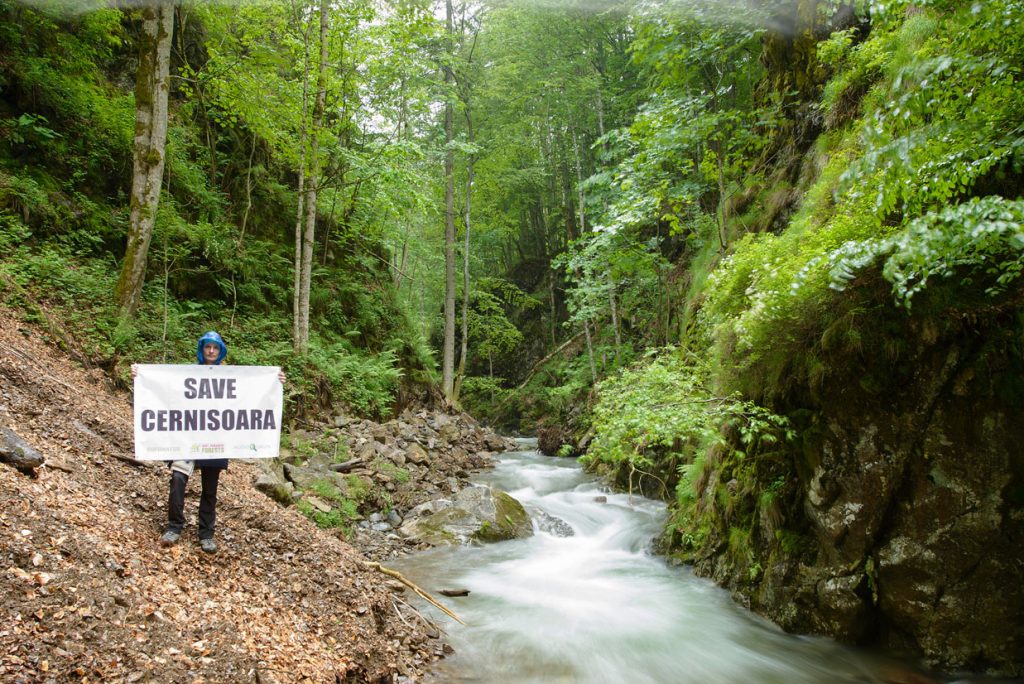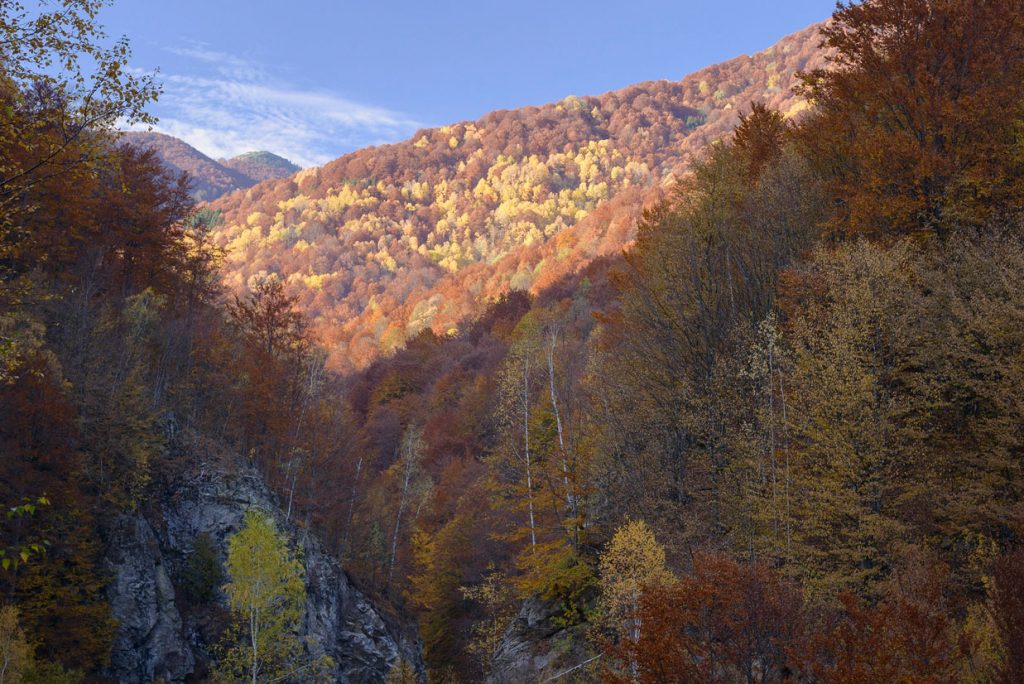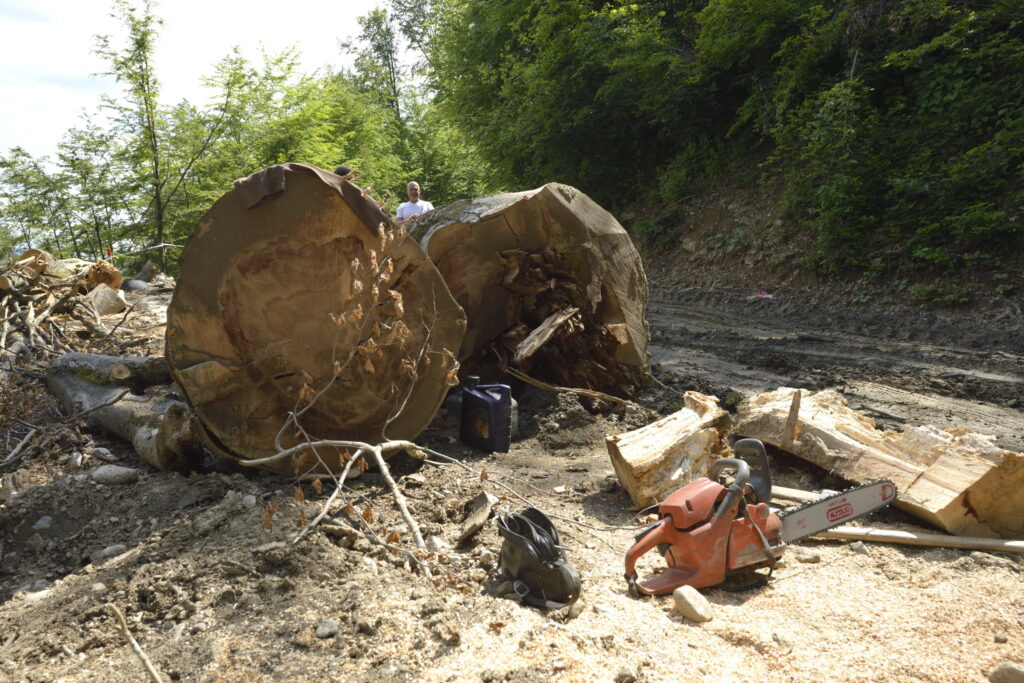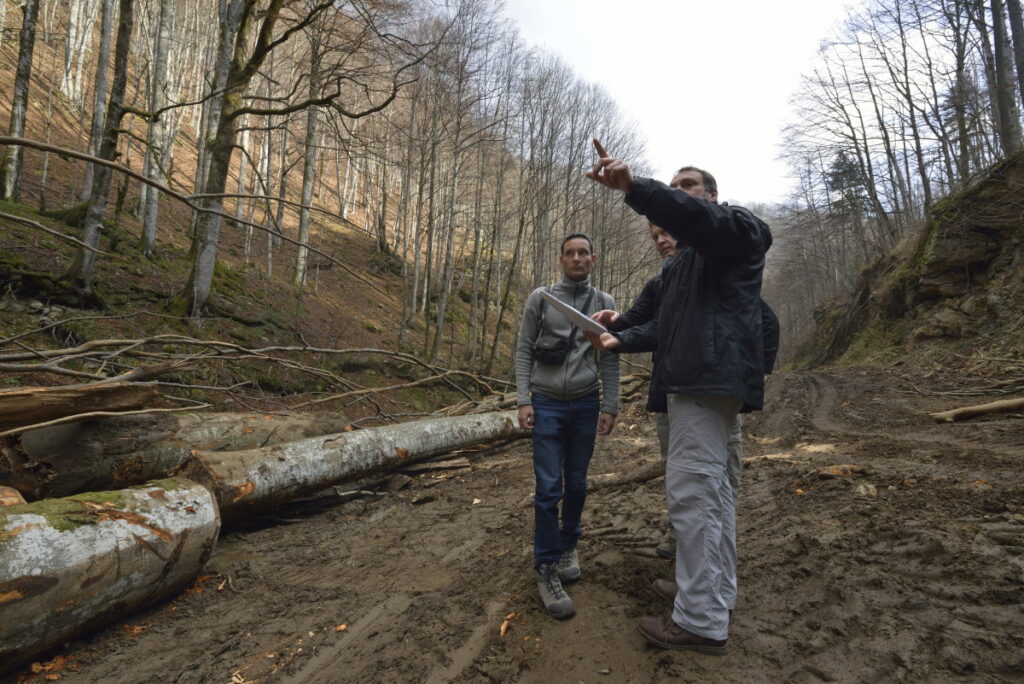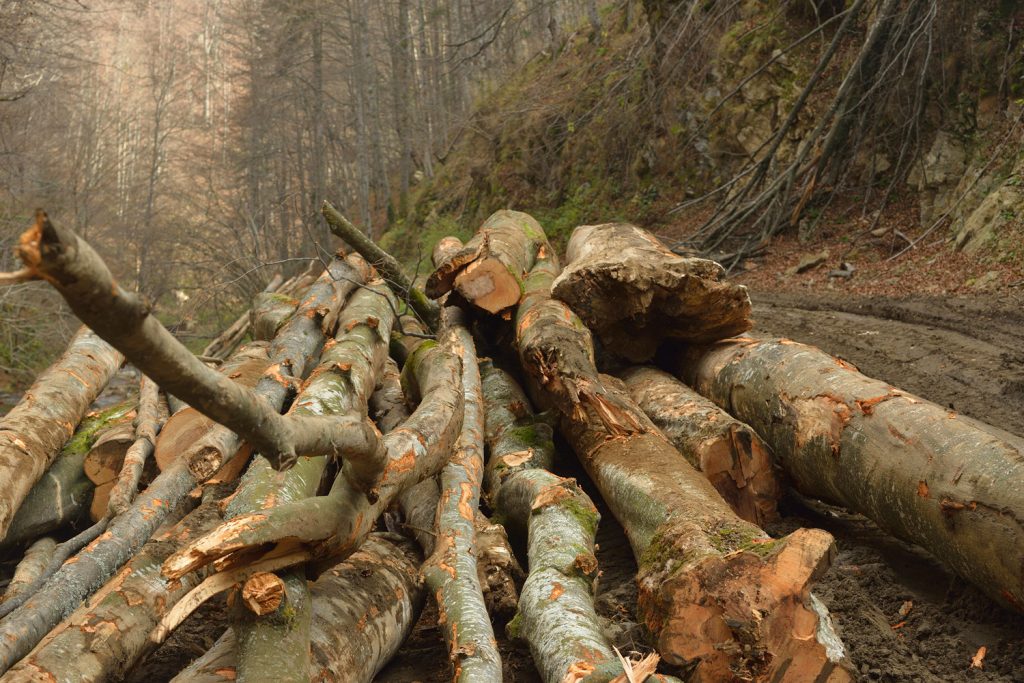Agent Green and EuroNatur Foundation: Romania must respect international nature conservation requirements and abandon logging in all UNESCO and national park buffer zones!
At the its 44th session in August 2021, the World Heritage Committee examined the state of conservation of the transnational World Heritage property, protecting Europe’s „Ancient and Primeval Beech Forests“ and found little reason to be cheerful when it comes to logging activities in the buffer zones of Romania’s World Heritage components. In a document transmitted to the State Parties of the World Heritage property, UNESCO expressed „utmost concern that the current management of the Romanian components’ buffer zones does not meet the requirements of the Operational Guidelines and may have negative effects on the integrity of the property.“
The World Heritage Center, the world’s supreme culture and nature conservation body, urges Romania (as well as Albania) to implement all recommendations, issued earlier this year by a joint UNESCO and IUCN field mission, including a call to „strengthen the integrity of the property by minimizing the use of forestry interventions“.
Logging activities in buffer zones of Romanian components of the transnational UNESCO World Heritage property „Ancient and Primeval Beech Forests of the Carpathians and Other Regions of Europe“ have been raising severe concerns by UNESCO, International Union for the Conservation of Nature (IUCN) and NGOs since several years.
However, field visits by IUCN and UNESCO and urgent calls by the World Heritage Center on Romania to stop logging threats to the World Heritage property did not yet result in any positive response by the Romanian state and its competent authorities: Logging operations in high biodiversity value (beech) forests have not been stopped by the Romanian Government or any change to the current management plans of the protected areas concerned has been implemented. For instance, logging in the buffer zone of the already heavily wounded Domogled – Valea Cernei national park is being driven forward.
Already back in 2020, IUCN expressed „significant concern“ about the situation of components of the serial World Heritage Property in Romania: „Logging in buffer zones in Romania and previous logging activities in the buffer zones of, and also within, the Slovak components remain a high threat until all these areas are protected from logging, both formally and in practice.“
In detail, the World Heritage Centre requests the States Party Romania to implement the following mission recommendations:
– Conduct on-the-ground assessments in the buffer zones and component parts where impactful forestry interventions such as clear-cuts and shelterwood cutting have been permitted, to ascertain the extent to which the effective protection of the respective components might be compromised and the Outstanding Universal Value (OUV) negatively affected,
– Enhance the connective and protective functions of the buffer zones and strengthen the integrity of the property by minimizing the use of forestry interventions; - Ensure that any interventions avoid interference with the natural processes of the beech forest ecosystem taking into account the natural expansion of their surface and to strengthen their resilience,
– Support undisturbed natural processes in all components and their buffer zones through natural regeneration, pro-forestation, aging of forest stands beyond conventional rotation ages, and to not take any decision that may affect the dynamics of such processes after external natural or anthropogenic events, such as fire, within or near the property’s components.
UNESCO also notes „with utmost concern that the current management of the Romanian components’ buffer zones does not meet the requirements of the Operational Guidelines and may have negative effects on the integrity of the property, urges the State Party of Romania to fulfil its intention to limit interventions in buffer zones and approve new dedicated World Heritage national legislation aimed at safeguarding the OUV of the property“.
Furthermore, UNESCO states „with concern the potential widening and paving of a forest track crossing the property and its bufferzone (national road66A) as well as potential future activities related to hydropower facilities in the buffer zone in Domogled Nationalpark in Romania, and thus also urges the State Party of Romania to abandon plans to upgrade the national road 66A inside and/or nearby the property, due to the potential impact of this project on the property’s integrity and its Outstanding Universal Value“.
For Agent Green and EuroNatur Foundation this clear wording by UNESCO proves, that Romania so far does not comply with UNESCO and IUCN rules and guidelines and that logging in in natural forests in Romania’s World Heritage property buffer zones has to be stopped immediately. The Romanian Ministry for the Environment must respect and implement by law the UNESCO and IUCN principles and criteria for World Heritage properties and national parks, as defined by both UNESCO and IUCN.
The NGO’s also criticize the role of Romanian state forest enterprise Romsilva, which is in charge of the management of almost all Romanian national parks – mainly advocating wood exploitation interests: “Romsilva is obviously rather a logging entity with no nature conservation skills and will. Its urgent removal from the equation is the first step my country must take to ensure further deliberate degradation of the UNESCO ancient and primeval beech forests” says Gabriel Paun, president of Romanian environmental NGO, Agent Green.


